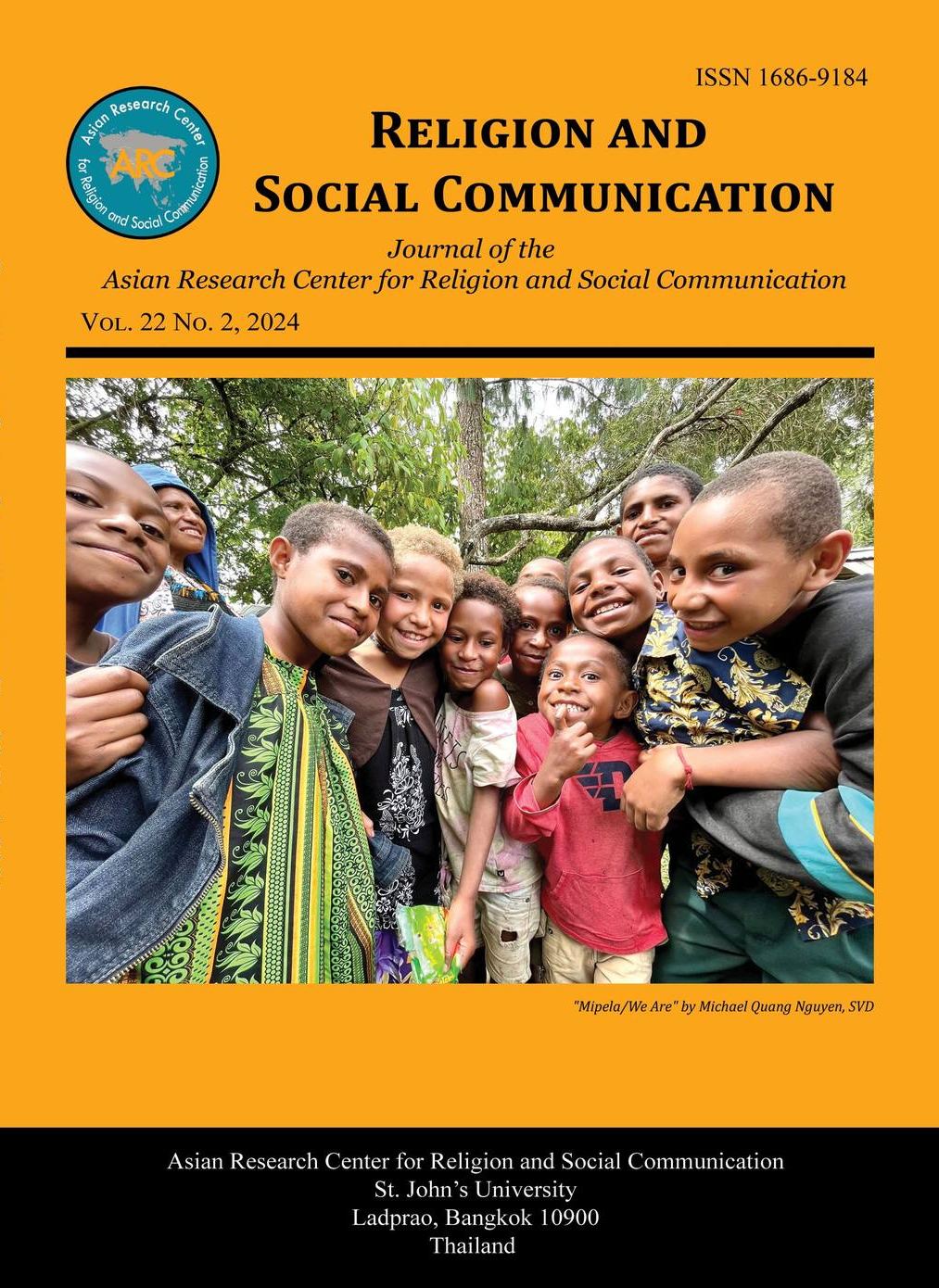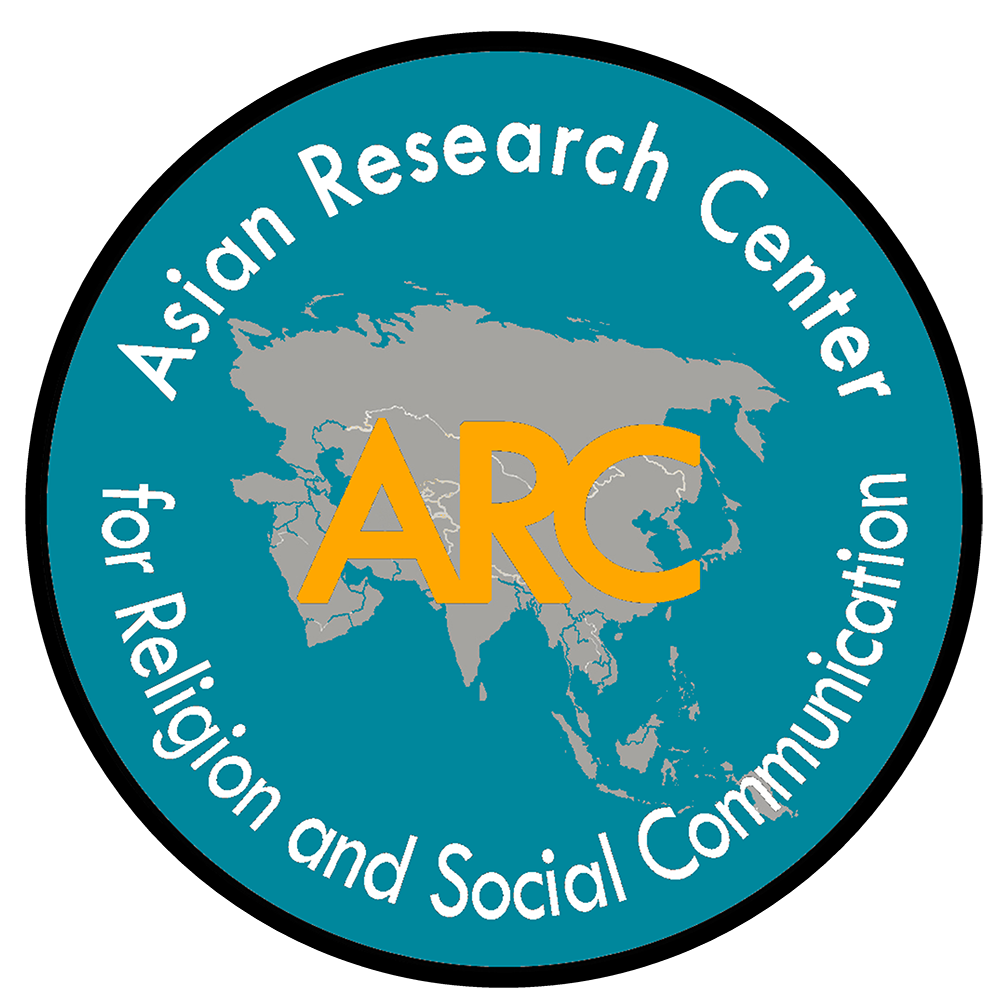[BOOK REVIEW] Shadows of Nagasaki: Trauma, Religion, and Me-mory after the Atomic Bombing
Download
RELIGION AND SOCIAL COMMUNICATION VOLUME 22, NO. 2 (2024)
ISSN 1686-9184
Author
Niño Randy C. Flores
Book Reviewed
Chad R. Diehl. Shadows of Nagasaki: Trauma, Religion, and Me-mory after the Atomic Bombing. New York: Fordham University Press, 2024, 363 pp. (E-book).
Pages 478-480
DOI: https://doi.org/10.62461/NRF220224
Healing from a traumatic experience is a journey that trans-cends beyond the order of time. The healing process includes retelling the story to look back at how it has influenced the way live at present, and how we envision the future. The journey of healing is a lengthy one, marked by both progress and setbacks, which include striving to constantly examine and review how one interprets the experience. The book, Shadows of Nagasaki: Trauma, Religion, and Memory after the Atomic Bombing, offers that perspective of a journey of healing from the emerging narratives of the community of hibakusha (i.e., those who experienced and survived the atomic explosion) in retelling and examining their stories about the atomic explosion as they lived it, beginning with Nagai Takashi’s interpretation of the event.
The symbolic distinction between Hiroshima and Nagasaki’s atomic bombing experiences is succinctly captured in the phrase “Hiroshima rages, Nagasaki prays” (p. 179). This phrase encapsulates the perception of Nagasaki as a city that silently grapples with the atomic bombing, lacking the outward expression of anger seen in Hiroshima. Thus, the book has the following primary intentions. Firstly, it aims to “confront the Christian image of ground zero by acknowledging its reality” (p. 16). Secondly, it seeks to “pioneer post-atomic Nagasaki studies in English” (p. 17). It is structured into five parts, each highlighting themes such as remembrance, healing, reco-very from trauma, and human suffering.
The essays in the first part, titled “Catholic Responses,” gener-ally explore the legacy and approach of Nagai Takashi to remembering the atomic bombing and assess his impact in understanding the post-atomic experience of Nagasaki. He echoes in his writing that the bombing is not a divine punishment, but a providence of God by which the martyrdom of the Catholic Christians of Urakami was the sacrifice to end the war. Nagai worked tirelessly for the spiritual revival and physical reconstruction of the city. His significance lies in his inter-pretation of the atomic bombing experience, intended to console the Catholic community of Urakami as they grappled with profound loss and suffering. Ozaki, Nagai’s student, used anamnesis as a means of processing trauma. He viewed life as isolation, drawing from his expe-rience of internal turmoil and his constant embodiment of his mother’s love, which kept her memory alive. Anamnesis served as a source of courage for him in speaking about his experiences. As he put it, “It is love that saves us from isolation” (p.125).
The second part, titled “Literature and Testimony,” portrays Nagasaki as a Christian and international city, embodying a juxta-position of Japanese and Western cultures. The essays in this section demonstrate that writing and literature serve as powerful tools to preserve the memory of the event and amplify the voices of various narratives, ensuring that they are heard, protected, and perpetually remembered. Peace activists like Akizuki Tatsuichirō, Kamata San-dano, and other movement groups contributed to documenting both the traumatic memories of the bombing and the postwar daily life of hibakusha. In addition to Nagai Takashi, hibakusha poets such as Yamaguchi Tsutomu and Yamada Kan utilized poetry to express their traumatic experiences. Their works illustrate the challenging nature of writing about a traumatic memory, as it necessitates recalling and often reliving the painful moment. These survivor-poets crafted verses to articulate their understanding of the atomic bombing experience and to assign meaning to it, whether that be in the context of God’s provi-dence or humanity’s destruction.
The third part of the book, “Sites of Memory,” delves into the physical sites and ruins connected to the atomic bombing, which played a crucial role in shaping the environment of remembrance. The city’s identity is intricately tied to the images of reconstruction and recovery, even as it recalls and memorializes unprecedented acts of violence. For example, the Peace Parks in Hiroshima and Nagasaki serve as landmarks that prompt contemplation on peace, educating visitors about its civic significance. The replication of Urakami Cathe-dral, despite debates regarding the preservation of its authenticity and its impact on the memory of the bombing, offers a means to ponder human values. This is evident in its preservation, relocation, and repli-cations, all of which prompt reflections on resilience and faith. These monuments stand as witnesses to the understanding of peace as an em-bodiment of people’s enduring faith in God’s providence, translated through their efforts toward restoration and reconstruction.
The two essays in the book’s final part, titled “Reflections,” delve into Nagai Takashi’s legacy. Nagai perceived the bombing as both “providence, holocaust, and trial” — a sacrificial and providential event that helped end the war. This perspective, dubbed the “Urakami Holocaust Theory” by Shinji Takahashi, drew criticism for two main reasons. Firstly, it seems to absolve Japanese leaders of responsibility for imperialist wars and overlooked the actions of American leaders who ordered the bombings of Nagasaki and Hiroshima towards the end of World War II. Secondly, Takahashi argued that Nagai’s interpre-tations failed to transcend the Urakami Catholic community, dominating other perspectives and narratives on the bombing and its traumatic aftermath. Nonetheless, despite the occasional criticism of Nagai, Tokusaburo Nagai, his grandson, dedicates himself to preser-ving his grandfather’s enduring legacy, particularly through reprinting “The Bells of Nagasaki.” This work serves as a timeless testimony, asserting that true peace can be achieved and sustained if the world adheres to the principles of peace and fraternal love.
Truly, the Shadows of Nagasaki is an excellent read for anyone interested in exploring post-atomic Nagasaki studies. Its contents highlight Nagasaki’s post-atomic experience as a topic for sustained discussion and serious study among scholars. Rather than focusing solely on the bombing itself, it explores Nagasaki as a melting pot of narrative reflection, creating a ‘memory landscape’ that allows the expression of various perspectives about the experience. This book is highly recommended as it shows the meaning of collective work of the healing of memory through remembrance and reflective storytelling of the memory from the survivors.





![[Book Review]David Thang Moe. Beyond the Academy: Lived Asian Public Theology of Religions.](https://asianresearchcenter.org/storage/image/2025/06/cover-for-web-1749467974.jpg.160x96.webp)
![[Book Review] Mary Frohlich. The Heart at the Heart of the World: Re-visioning the Sacred Heart for the Ecozoic Era](https://asianresearchcenter.org/storage/image/2025/01/cover-final-1735893887.png.160x96.webp)